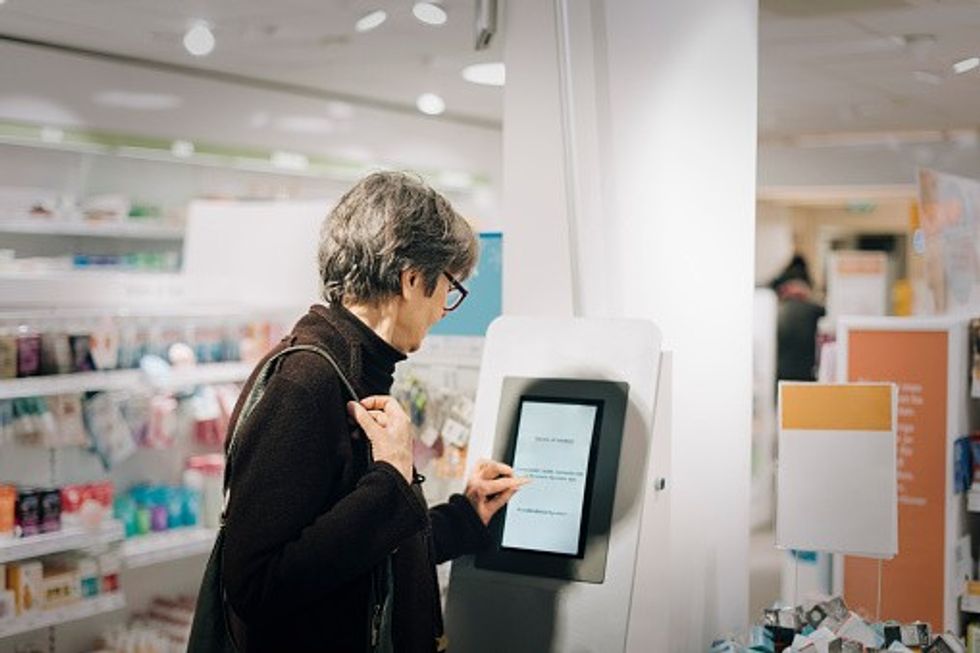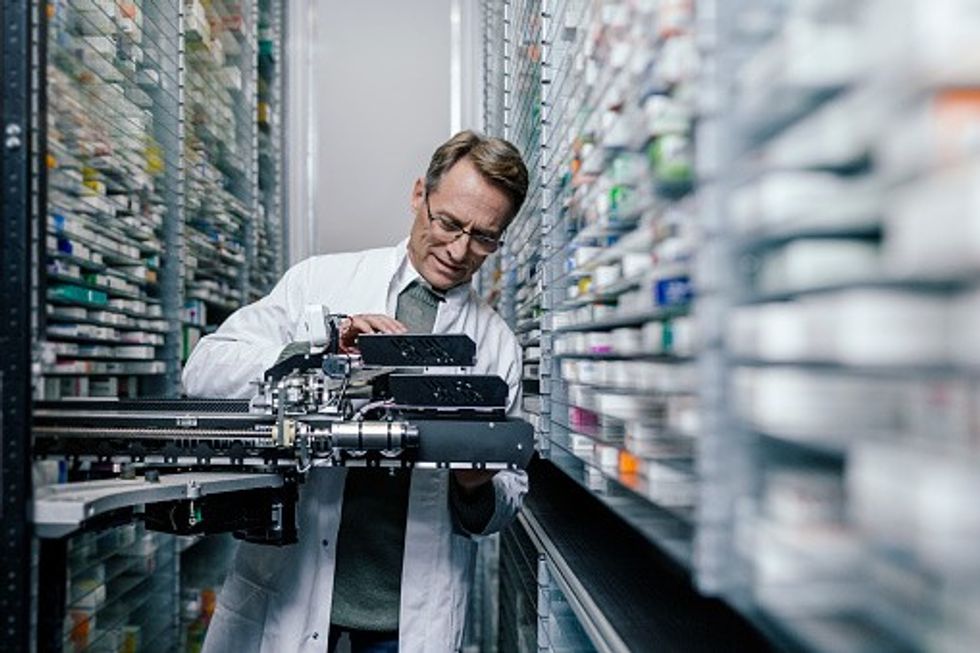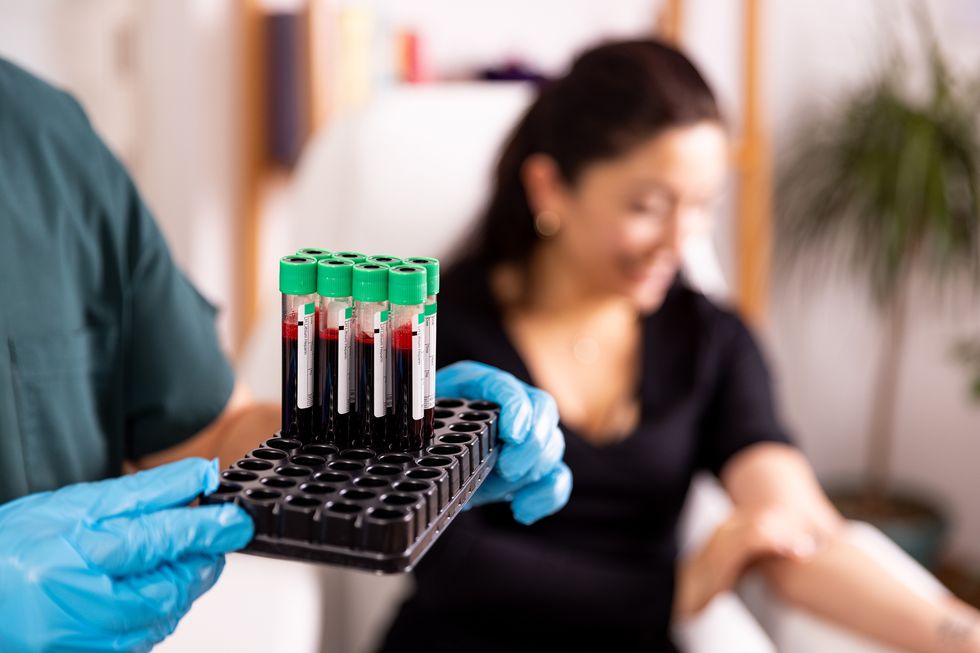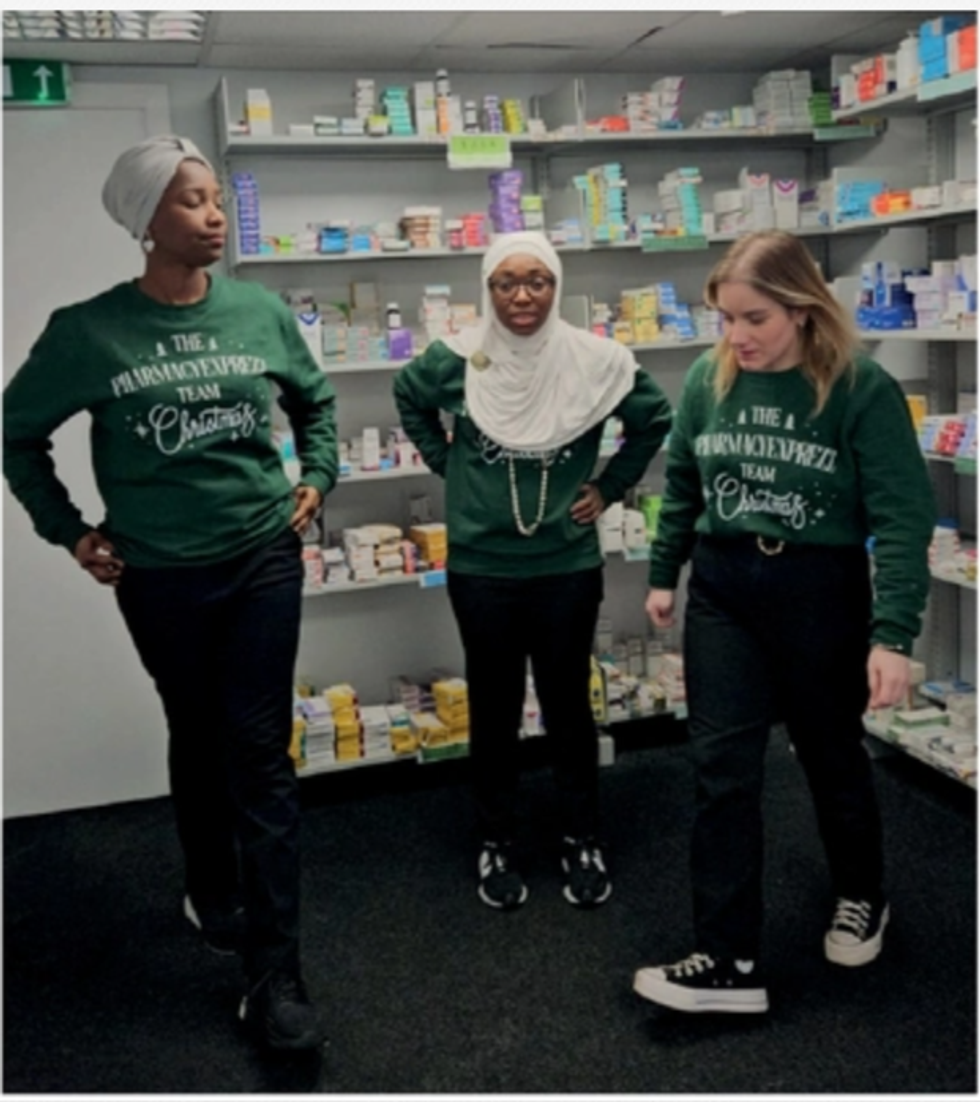Penny King advises pharmacists to stock natural pain relief products as more people look for alternatives to mainstream pharmaceutical products…
With more people taking part in an active sport, exercising in the gym or going for a run, soft tissue injuries such as strains, sprains and bruises are common. They may not be serious, but they can be painful and debilitating, and put a temporary stop to sporting activity. Inadequate treatment of ankle sprains can lead to chronic problems such as decreased range of motion, pain, and joint instability1.
Effective pain management is key to early mobilisation and progressive rehabilitation of uncomplicated sprains and pharmacists are increasingly becoming the first port of call for those seeking injury treatment.
Inflammation is the natural (and painful) outcome of soft tissue injuries, but the response is often misunderstood and as such not always treated appropriately. It is a natural physiological response to harmful stimuli, such as pathogens, damaged cells or irritants, and is a protective attempt to remove the injurious stimuli and initiate the healing process.
Whilst excessive inflammation can prove detrimental to healing and cause pain, it is an essential part of the natural recovery process, and without a certain level of inflammation healing is compromised – in most cases it is closely regulated by the body and usually self-limiting.
Years of research interest means that we now have a much better understanding of the complex cellular pathways involved in inflammation. It is known that cytokines signal the normal processes of inflammation and repair in all organs, and that the cardinal signs of inflammation in soft tissues are heat, redness, swelling, pain and loss of function2.
Cytokines are proteins in the body that can either increase (pro-inflammatory cytokines) or reduce (anti-inflammatory cytokines) inflammation. Excessive inflammation in traumatic/inflammatory injuries, and flares in inflammatory rheumatic conditions, is caused by an imbalance of these cytokines.
Perhaps we should then be looking more closely at how best to restore this balance by targeting multiple inflammatory mediators, reducing pro-inflammatory and increasing anti-inflammatory cytokines3, and looking to see if more natural treatments perhaps can offer a viable solution, in some circumstance?
Of note are the 2013 results of the ‘Traumeel Acute Ankle Sprain Study (TAASS)4, the first randomized controlled study of its size and quality comparing a natural medication, Traumeel®, with diclofenac.
Cytokines are proteins in the body that can either increase (pro-inflammatory cytokines) or reduce (anti-inflammatory cytokines) inflammation. Excessive inflammation in traumatic/inflammatory injuries, and flares in inflammatory rheumatic conditions, is caused by an imbalance of these cytokines.
Perhaps we should then be looking more closely at how best to restore this balance by targeting multiple inflammatory mediators, reducing pro-inflammatory and increasing anti-inflammatory cytokines3, and looking to see if more natural treatments perhaps can offer a viable solution, in some circumstance?
Of note are the 2013 results of the ‘Traumeel Acute Ankle Sprain Study (TAASS)4, the first randomized controlled study of its size and quality comparing a natural medication, Traumeel®, with diclofenac.

As shown in Figure 1, the outcome of this research study was that Traumeel® ointment and gel were as effective as the Diclofenac gel 1 per cent for the treatment of pain and restoration of function associated with acute mild to moderate ankle sprain.
Topical pain relief
Increasingly, the use of topical pain relief is accepted as an easy and direct way to treat inflammation. The popularity of topicals has been driven by a number of factors, including the convenience and ease of treating everyday pain – this is pain (or discomfort) that we might have left unattended in the past, and which could therefore lead to more serious damage.
Generally we are not as patient at ‘waiting for things to heal on their own’ as we once were and just want to ease pain so that we can get on with our life. Topicals score well in current popularity because they allow you to target the treatment directly at the site of the pain or inflammation.
This works both physically, by acting directly on the affected area, but also psychologically, as the act of applying to the source of pain makes it feel more effective than just taking a tablet and waiting for it to find the issue.
The choice of topical pain relief products has been dominated by mainstream pharmaceutical products, which include NSAIDs such as diclofenac and ibuprofen – these have been widely used for many years to treat pain and inflammation that resulted from minor injuries.
Alternative treatment
However, they are not tolerated by all and it is good to have effective alternatives to recommend. In addition, as we move to more natural and sustainable lifestyles with an increased recognition of allergic reactions and a worry about the overuse of pharmaceutical products, more and more people are looking for a natural alternative that they understand to be both safe and effective.
While products such as arnica are well known and widely accepted as effective, there are now many more options for effective natural pain relief which harness this and other plants to combat inflammation in a natural way, and can be scientifically shown to work.
Today we have a much wider range of options to choose from; products that have helped sports men and women to recover from injury for literally generations, and that are a staple part of the physio’s kit.
With so many pain relief options on the pharmacy shelves one of the big sticking points when considering stocking natural pain relief products is the assumption that there is a lack of proven scientific clinical studies.
Such products have been historically used over extremely long periods of time, but it is only been in recent times that there has been a push to demonstrate effectiveness through clinical testing, as is routinely used for pharmaceuticals.
These are exciting times as we now have 100 per cent natural products that are supported by robust clinical trials which prove efficacy and safety pharmacists should now consider natural pain relief as a viable alternative to more conventional options.
(Penny King is a marketing consultant for Traumeel at Bio Pathica.)
References
- et al (2001). Management of ankle sprains. Am Fam Physician. 63:93-104.
- Treatment Algorithm for Musculoskeletal Disorders, produced by Aspen Medical Media
- Traumeel Monograph
- González de Vega C et al (2013). Traumeel vs. diclofenac for reducing pain and improving ankle mobility after acute ankle sprain: A multicentre, randomised, blinded, controlled and non-inferiority trial. Int J Clin Pract. 67(10):979–989.














 A woman using kiosk at pharmacy store gettyimages
A woman using kiosk at pharmacy store gettyimages  Pharmacist examining commissioning machine in pharmacy gettyimages
Pharmacist examining commissioning machine in pharmacy gettyimages 

 Pharmacyexprezz offers blood tests, travel vaccinations, earwax removal, cryotherapy and more.
Pharmacyexprezz offers blood tests, travel vaccinations, earwax removal, cryotherapy and more. The team at Pharmacyexprezz continues to grow
The team at Pharmacyexprezz continues to grow